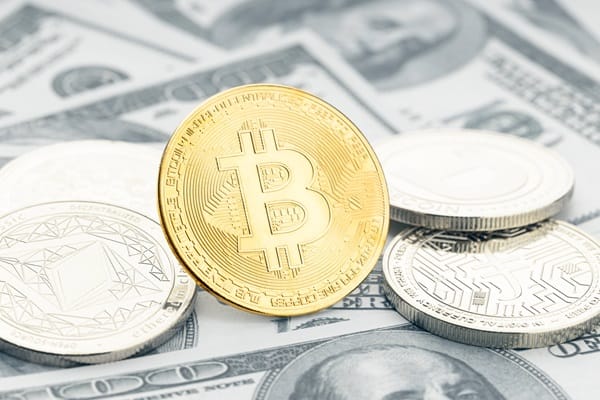Bussiness
The future of gold prices after the release of US inflation data – London Business News | Londonlovesbusiness.com

The price of gold (XAU/USD) rose to $2360 during Friday’s trading after the release of the US Personal Consumption Expenditure (PCE) data for April, which showed lower pressure on core prices.
The PCE index is considered the Federal Reserve’s preferred measure of inflation.
According to data from the Bureau of Economic Analysis, the index readings dropped to 0.2% every month, down from 0.3% previously. Expectations had predicted the index would remain unchanged at 0.3%.
The rest of the PCE data matched expectations, but the decline in the core readings of the index suggests that inflation might ease faster than previously thought in the United States, increasing the likelihood of the Federal Reserve cutting interest rates.
Lower interest rates tend to be positive for gold as they reduce the opportunity cost of holding non-yielding assets.
In my opinion, the recent gains in gold prices are due to a recovery that started on Thursday after the release of weaker-than-expected US growth data, which indicates that inflation will remain under control, also supporting interest rate expectations. Gold rebounded on Thursday after the second estimate of US GDP growth for the first quarter was revised downward to 1.3% annually from 1.6% in the initial estimate.
I believe this growth slowdown was due to a decline in consumer spending, which is expected to keep inflation under control and steer the Federal Reserve toward cutting interest rates. Reflecting the changing expectations following the GDP release, the yield on the 10-year US Treasury fell to 4.55% from its four-week high of 4.63%.
In my view, markets had been considering the possibility of the Federal Reserve raising interest rates. However, comments from several Federal Reserve officials on Thursday dismissed this idea. Atlanta Federal Reserve President Raphael Bostic indicated that he does not believe there is a need for further rate hikes to reach the Fed’s annual inflation target of 2.0%.
Chicago Federal Reserve President Austan Goolsbee pointed out that although housing inflation remains “quite high,” making it difficult to achieve 2.0%, he remains optimistic that housing inflation will slow down. Recently, Federal Reserve officials have been unanimous in their statements.
From my perspective, the US PCE data for April, released today (Friday), could significantly impact interest rate expectations, subsequently affecting gold prices. Even small deviations from expectations could be a strong catalyst for price volatility in the markets.
Additionally, demand for gold is driven by Asian buyers who are hoarding bullion as a hedge with their currencies weakening against the strong dollar, as precious metals serve as a hedge against currency depreciation. For instance, inflows into Chinese gold ETFs are rising again at their fastest pace since the heavy buying observed in April. Meanwhile, US yields are rising, and the dollar has emerged from its lull; however, precious metals and gold prices remain highly resilient and elevated.
In my opinion, this indicates that the strength of the US dollar may not be as negatively correlated with gold as it has been in the past. Gold prices might cap in case of a rising US dollar, in what could be a unique market situation. We could see both gold and the dollar rising together in the coming days and in the short to medium term.










